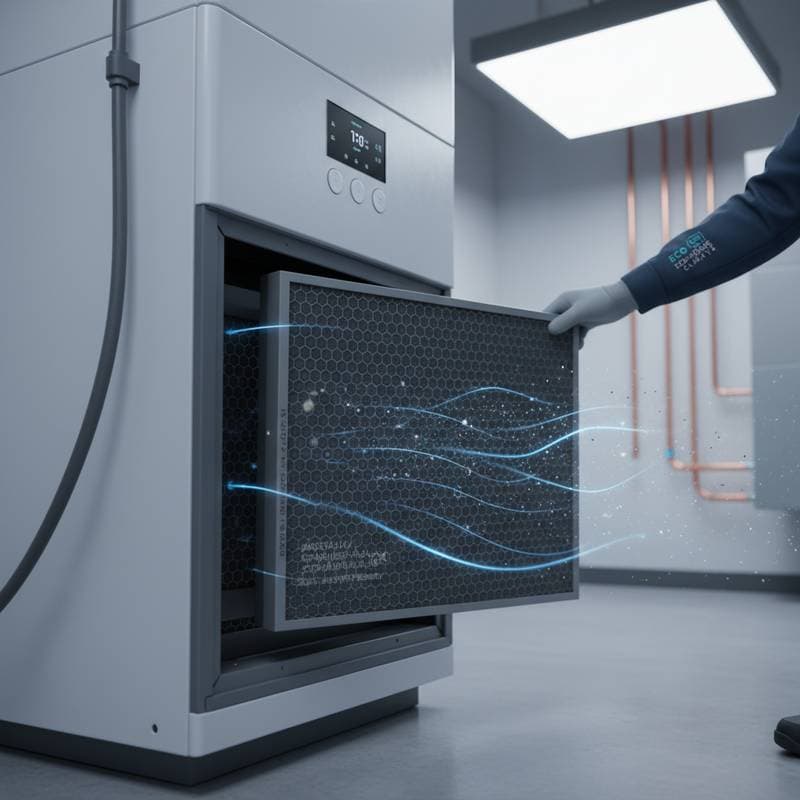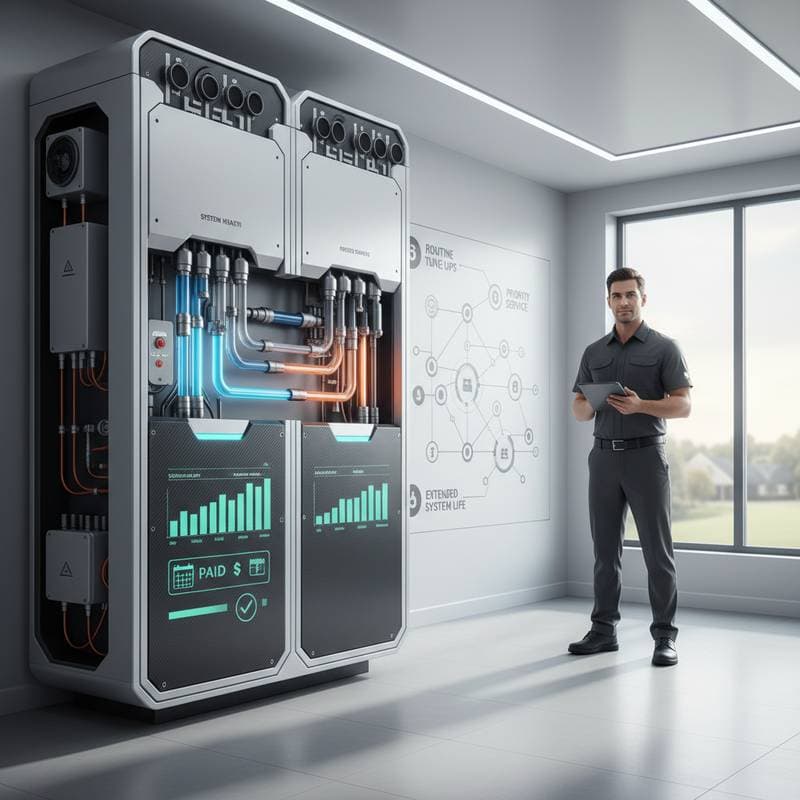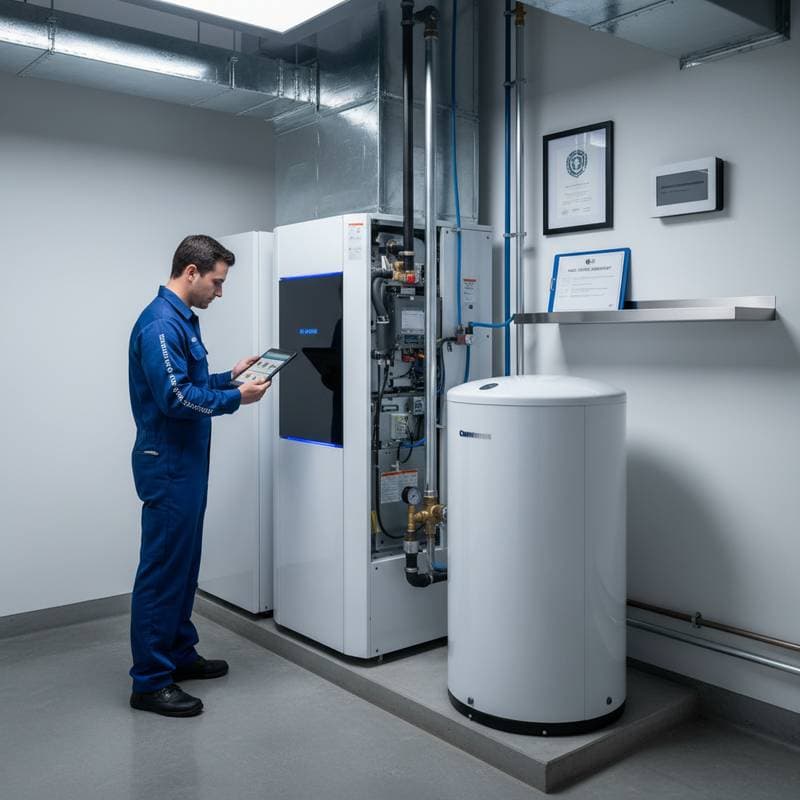Why Graphene HVAC Filters Last Up to Two Years
Graphene HVAC filters revolutionize air quality management in heating and cooling systems. These filters endure up to two full years, surpassing the lifespan of conventional options that require replacement every few months. The innovation stems from graphene's exceptional properties integrated with sophisticated filter design, enabling efficient capture of microscopic particles, resistance to clogs, and consistent airflow.
This article details how graphene HVAC filters surpass traditional alternatives, the mechanisms behind their prolonged durability, and the advantages they offer in energy savings, air purity, and upkeep expenses.
How Graphene Prolongs Filter Durability
Graphene consists of a single layer of carbon atoms in a hexagonal pattern. This structure provides remarkable strength, minimal weight, and electrical conductivity. In HVAC applications, graphene enhances both the filter's resilience and its ability to filter precisely.
Standard filters depend on fibrous materials to mechanically ensnare dust, pollen, and pollutants. These eventually become obstructed, necessitating frequent changes. Graphene filters integrate mechanical trapping with electrostatic forces to draw in finer particles while preserving unrestricted airflow.
Essential Attributes Enhancing Endurance
- Extensive surface area: Graphene offers a vast area relative to its volume, maximizing interaction with passing air and contaminants.
- Electrostatic capability: Its inherent charge draws and holds airborne particles effectively.
- Resistance to moisture: Protective graphene layers inhibit bacterial proliferation and dampness accumulation, common causes of premature degradation.
- Robust construction: The material withstands high airflow pressures without deforming or releasing fibers.
These features ensure a graphene filter operates at peak performance for up to 24 months, with minimal decline in efficiency or ventilation.
Comparison of Performance with Conventional Filters
| Filter Type | Typical Lifespan | Particle Capture Efficiency | Upkeep Frequency | Price Range |
|---|---|---|---|---|
| Fiberglass | 1–3 months | Low | High | $5–$20 |
| Pleated Synthetic | 3–6 months | Medium | Moderate | $15–$50 |
| HEPA | 6–12 months | Very High | Moderate | $50–$150 |
| Graphene MERV 16 | Up to 24 months | Extremely High | Low | $80–$200 |
A MERV 16 graphene HVAC filter captures particles down to 0.3 microns, such as smoke, bacteria, and ultrafine dust. It delivers HEPA-level results with the added benefits of infrequent servicing and simplified care.
Mechanisms Keeping Graphene Filters Cleaner Over Time
The foundation of extended service lies in minimized obstruction. Graphene's sleek, conductive surface discourages heavy dust buildup. Particles distribute uniformly rather than clustering, which sustains low resistance to air passage.
This inherent self-regulation prolongs efficiency and eases the load on HVAC fans. With reduced blockages, the system operates with less effort, translating to decreased energy demands.
Integration of Nanotechnology
Graphene filters employ a bonding process that adheres tiny graphene particles to synthetic fibers. This technique yields a consistent, durable layer that boosts filtration without increasing thickness. The outcome is a compact filter that secures contaminants reliably while upholding steady ventilation rates.
Advantages Extending Past Durability
The two-year lifespan draws attention, yet graphene filters provide broader merits:
- Steady air quality indoors: They consistently eliminate fine particulates, allergens, and chemical vapors.
- Optimized energy use: Diminished resistance lowers operational strain and electricity requirements.
- Sustainable approach: Reduced replacement cycles cut down on waste and material demands.
- Simplified care routines: Inspections occur seasonally rather than monthly.
Frequently Asked Questions About Graphene HVAC Filters
How frequently does one replace a graphene HVAC filter?
Graphene filters typically perform effectively for about two years. Factors like household activity and local air conditions influence this duration. Residences in arid, pollen-heavy regions might require earlier swaps, whereas low-dust settings could permit longer use.
Do graphene filters suit every HVAC setup?
Most graphene HVAC filters align with standard home and small business units. Verify compatibility by sizing your current filter slot and checking the advised MERV level for your machinery.
Can graphene filters enhance energy performance?
Indeed. Their clog-resistant design preserves airflow, allowing the fan to function with greater ease. Seasonal energy reductions often follow installation.
Are graphene filters suitable for allergy-prone homes?
Yes. A MERV 16 rating ensures capture of common triggers like dander, spores, and dust. Residents frequently report less irritation and fresher air circulation.
Optimizing Your Graphene Filter Purchase and Use
Key Inquiries for Selection and Installation
- Which MERV rating matches my system's specifications?
- Does installation demand a technician for this filter type?
- What warranty options exist across manufacturers?
- Are efficiency incentives or rebates available?
- What upkeep protocols apply?
- How might the filter influence ventilation or sound?
- Is recycling feasible at end-of-life?
Sustaining Long-Term Value
Graphene HVAC filters mark a significant step forward in filtration technology. Their durability, precise contaminant removal, and minimal servicing position them as an ideal selection for those prioritizing superior air and economical operation.





